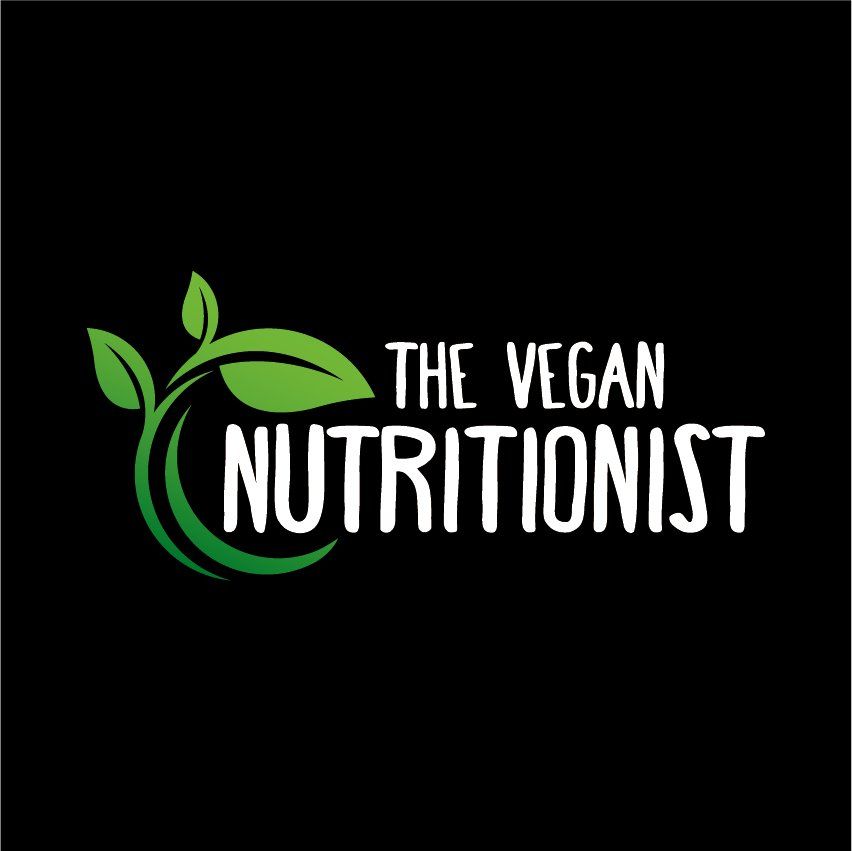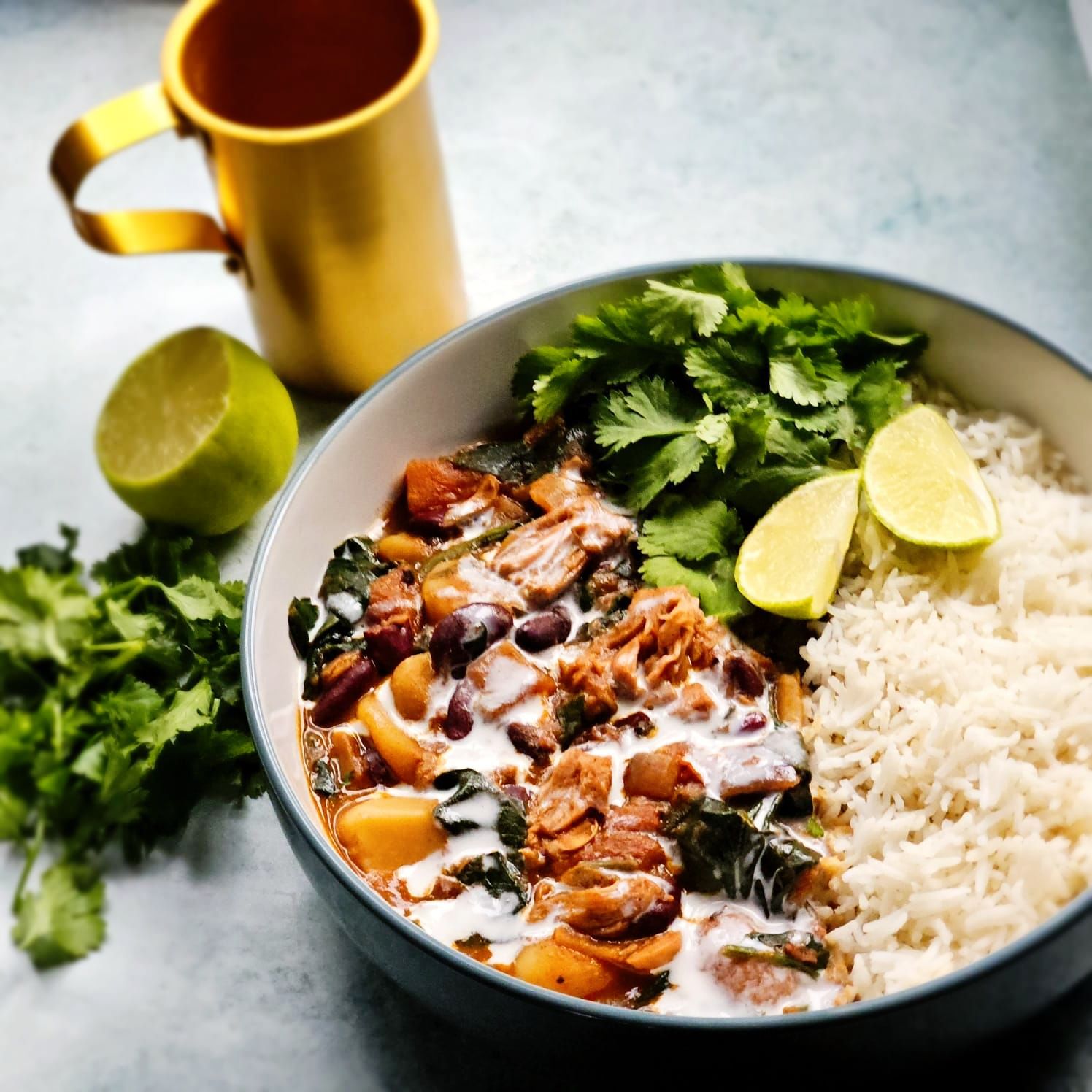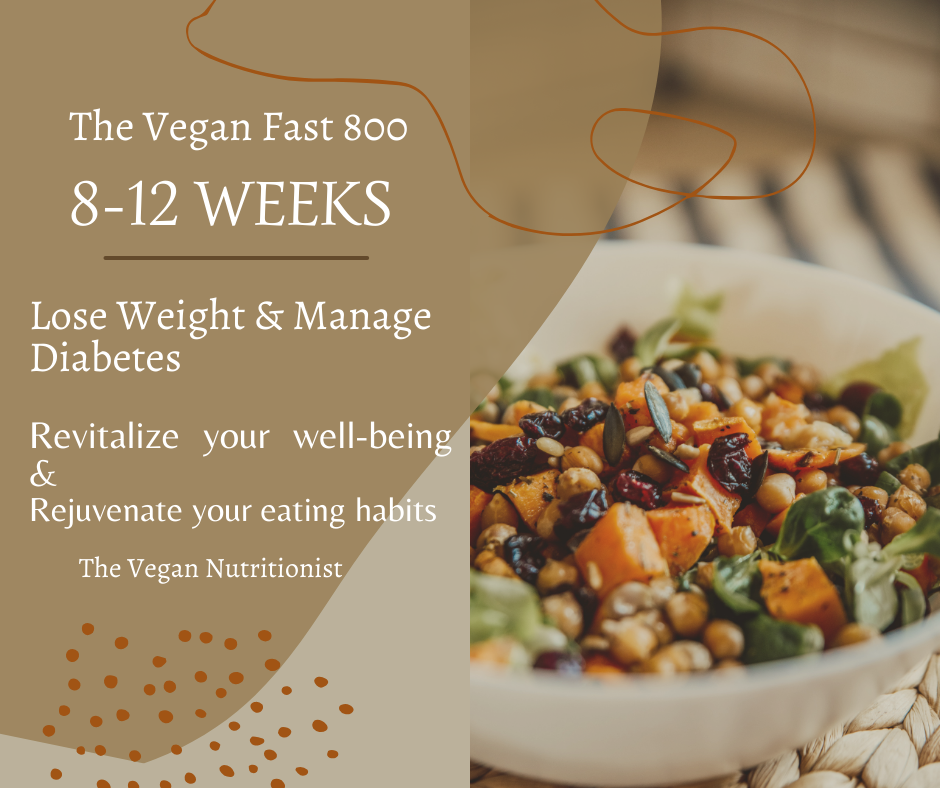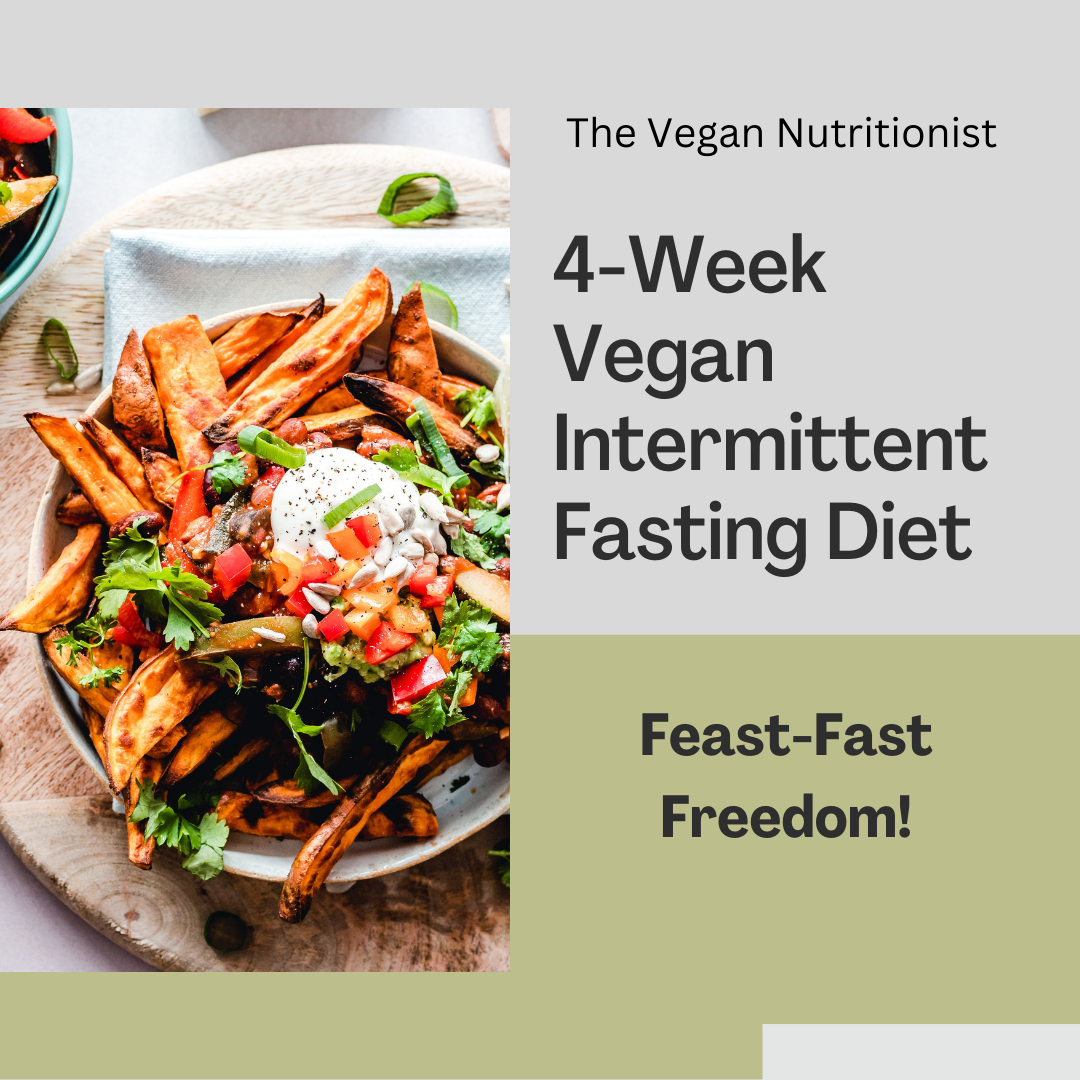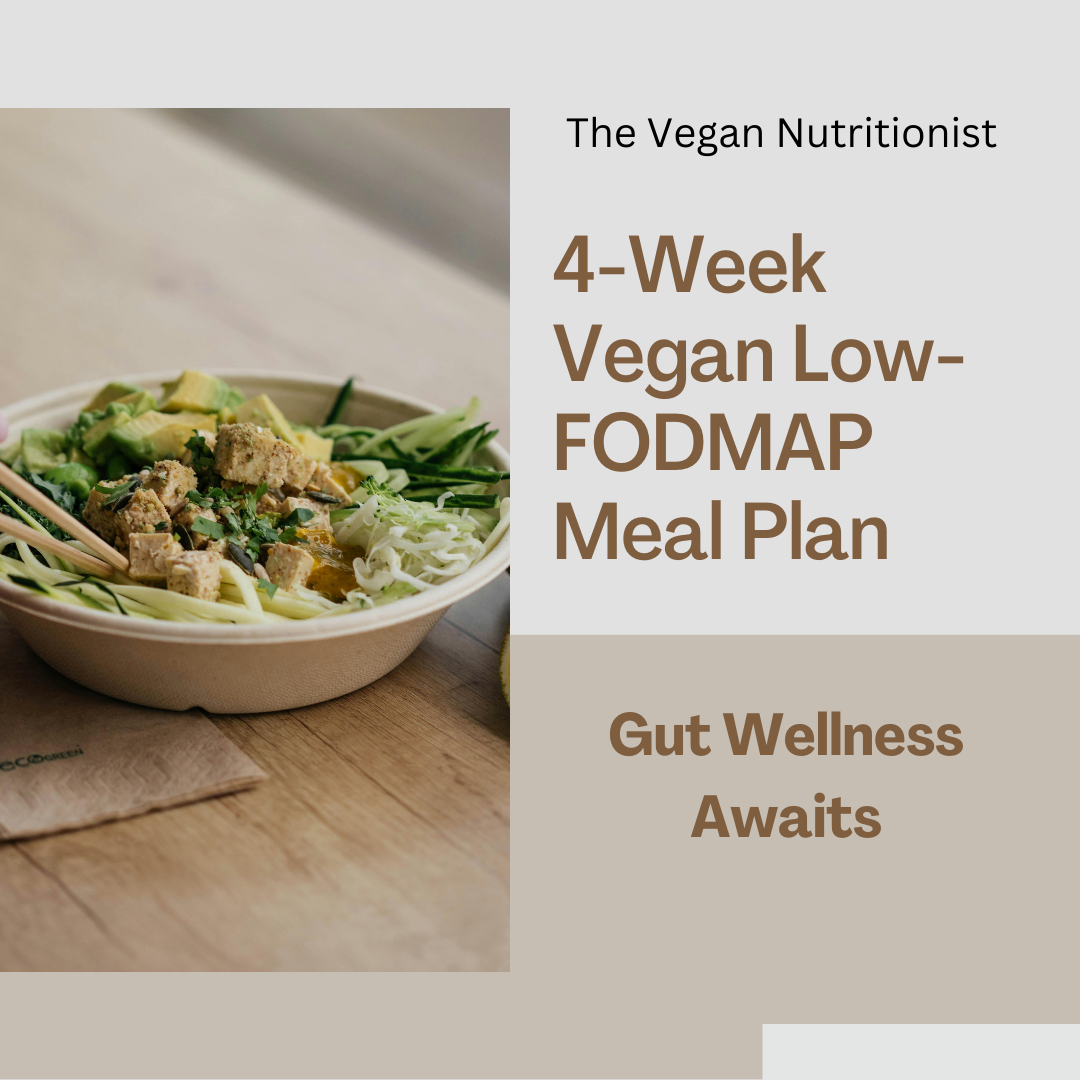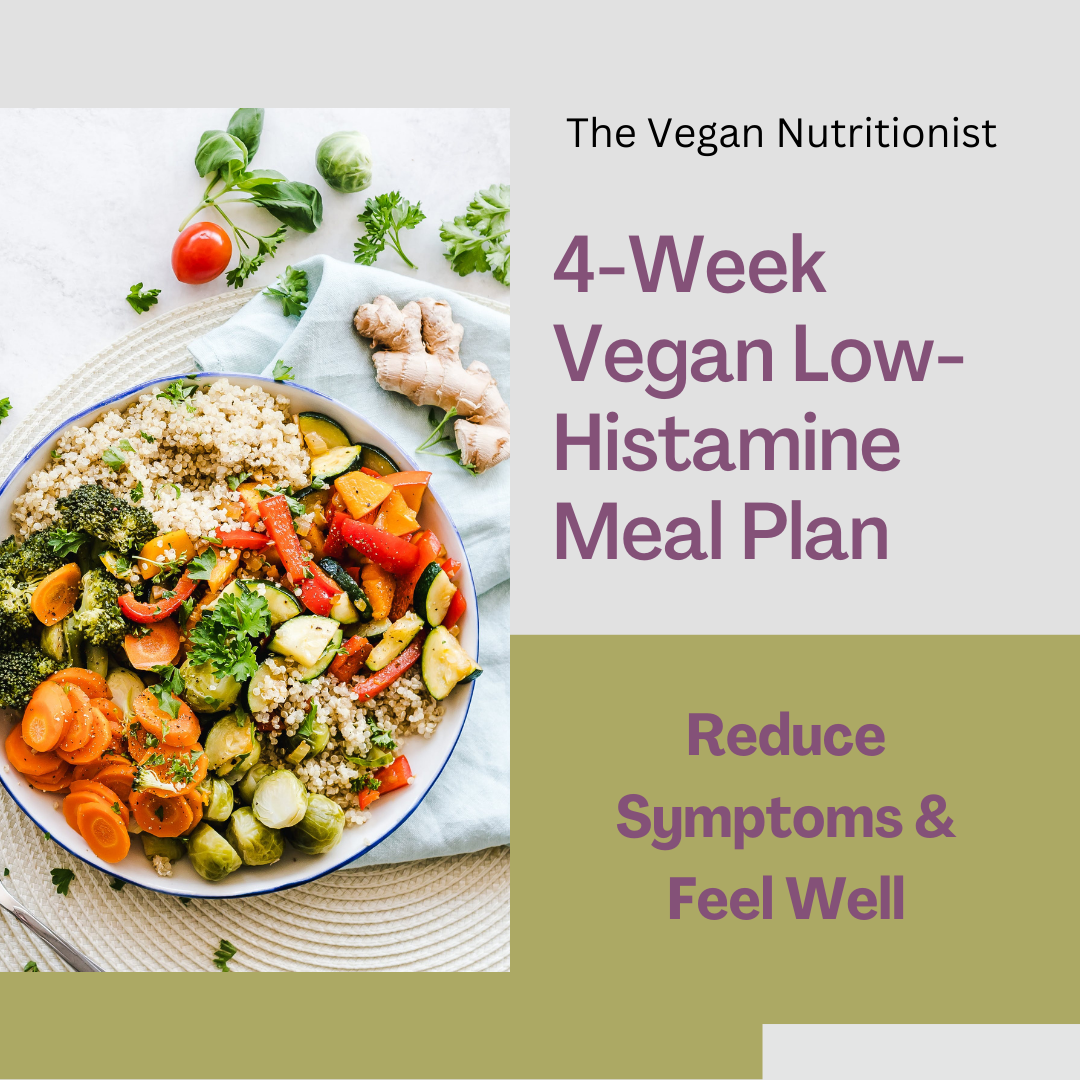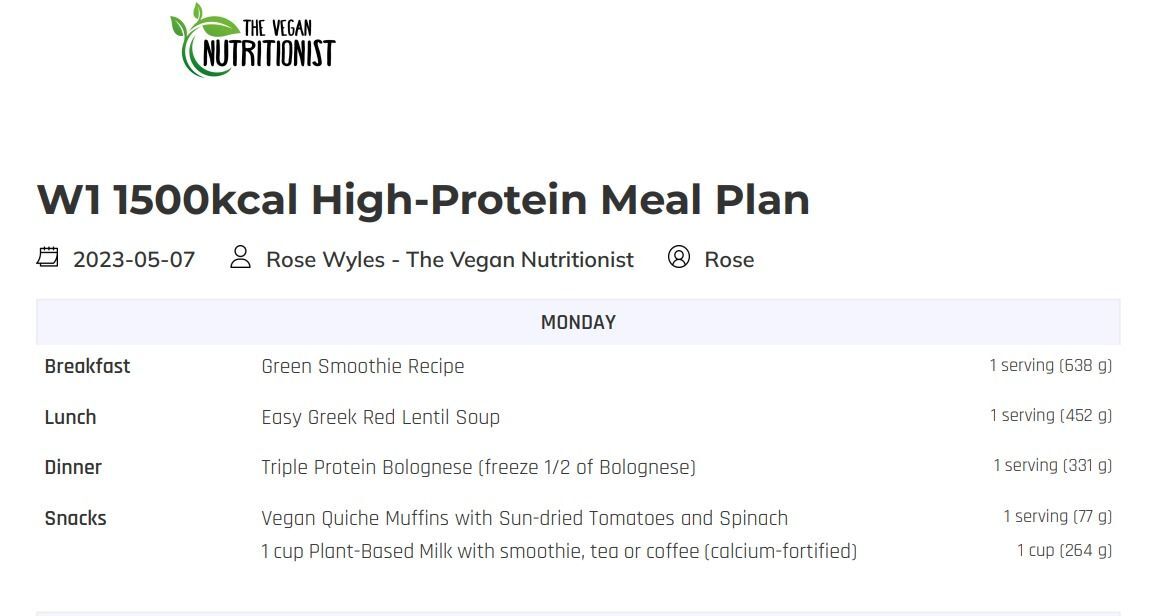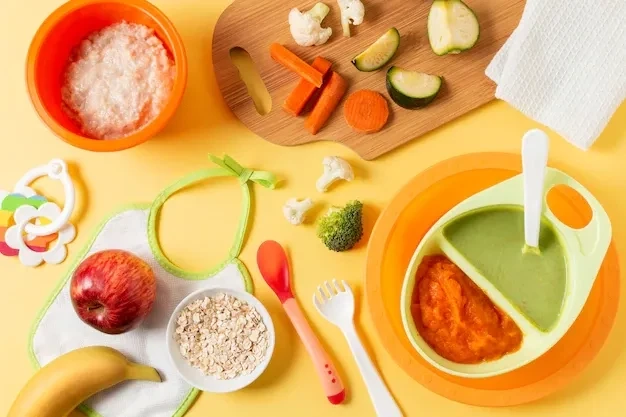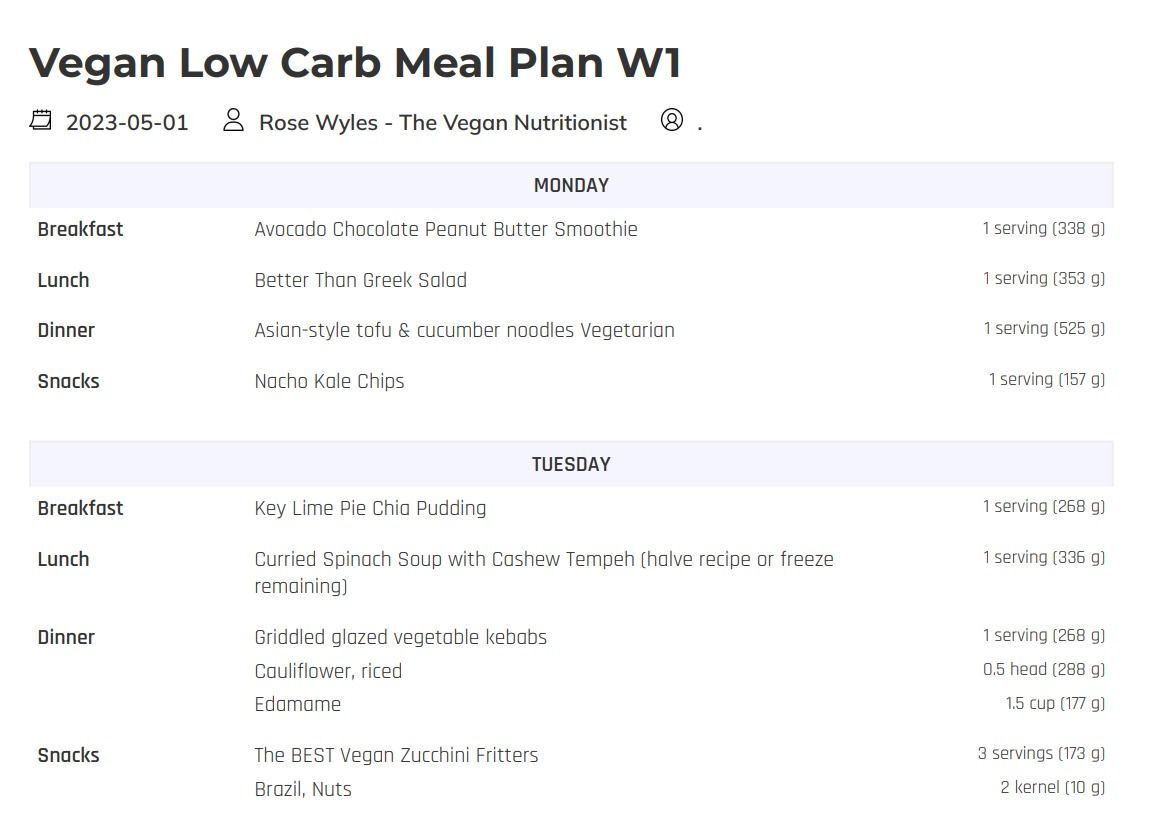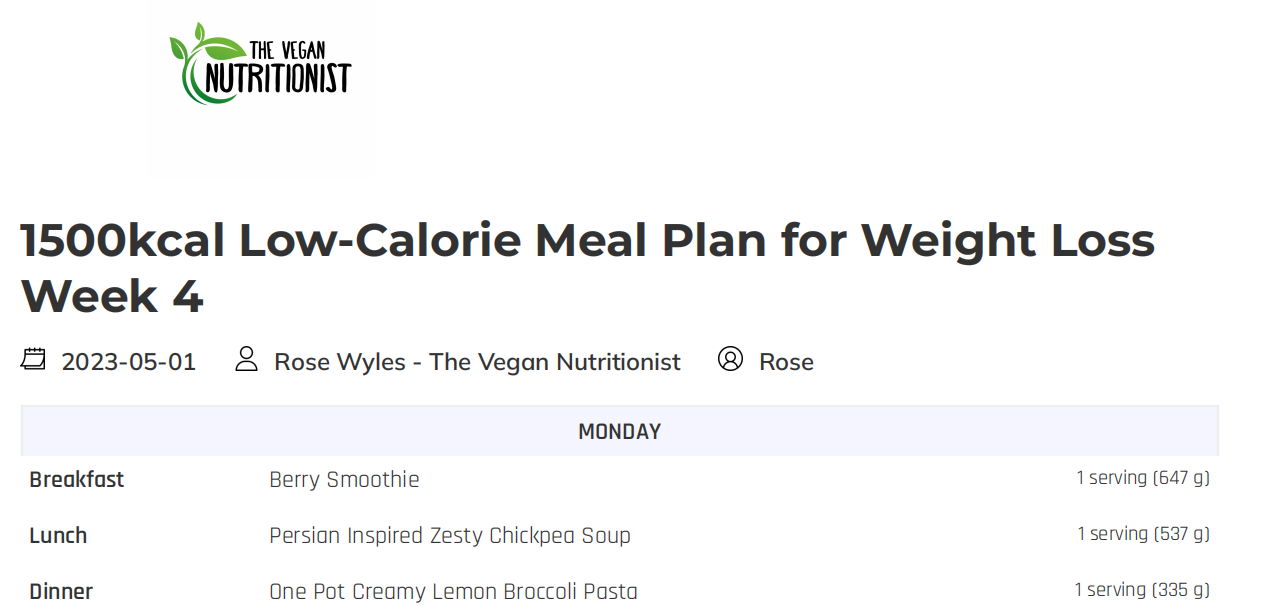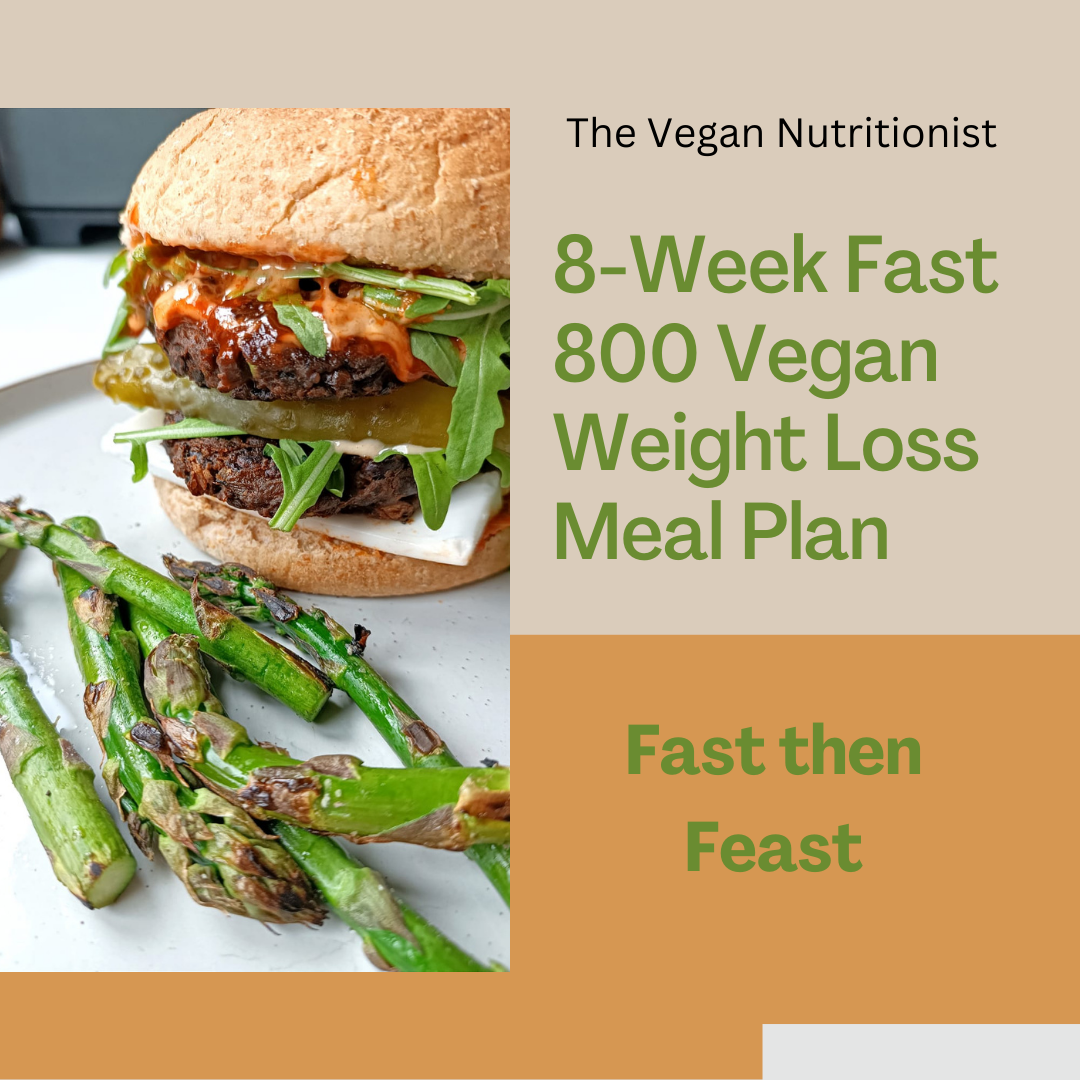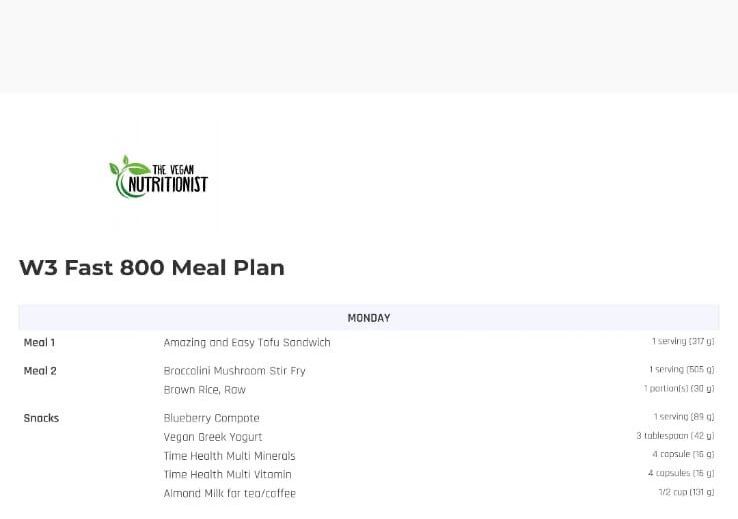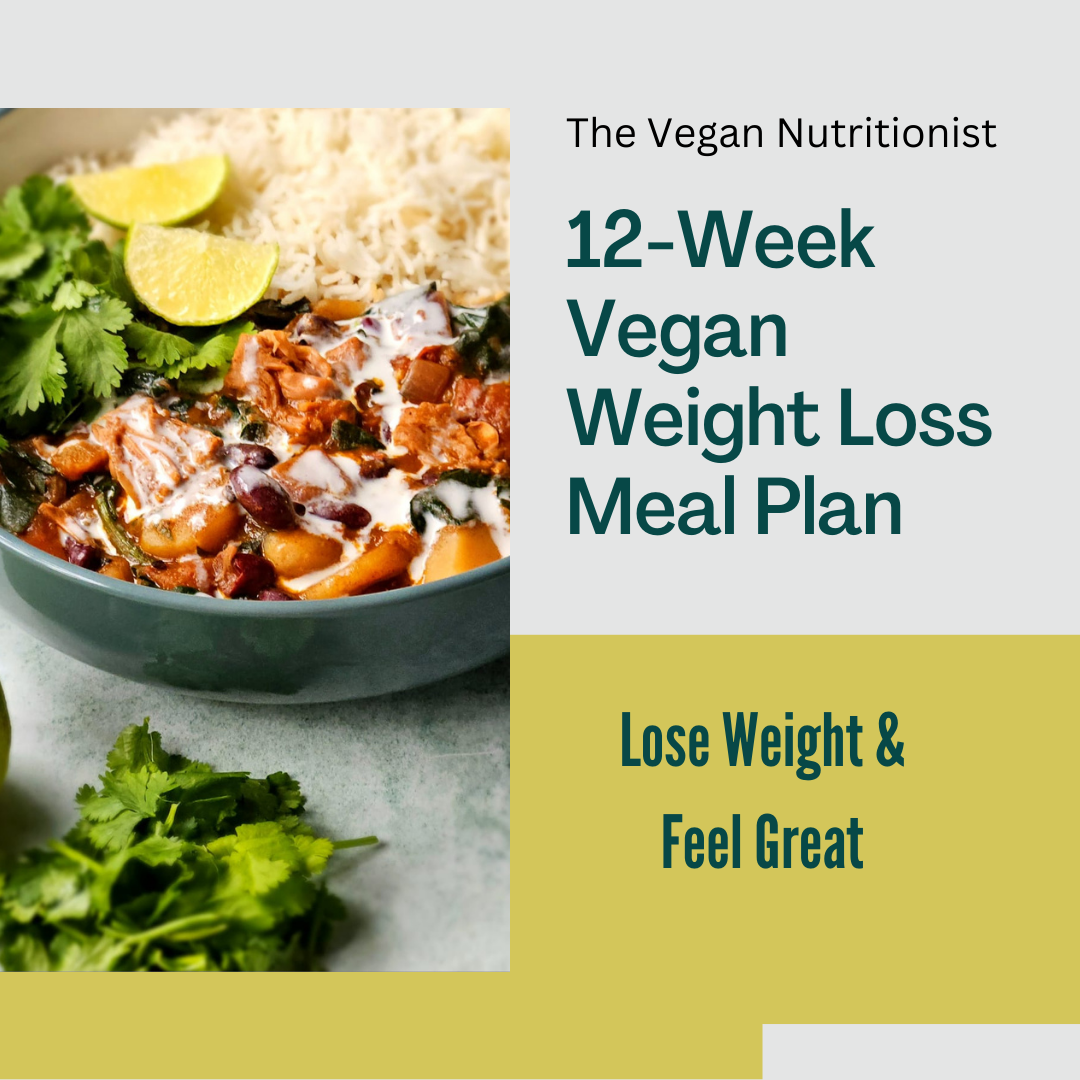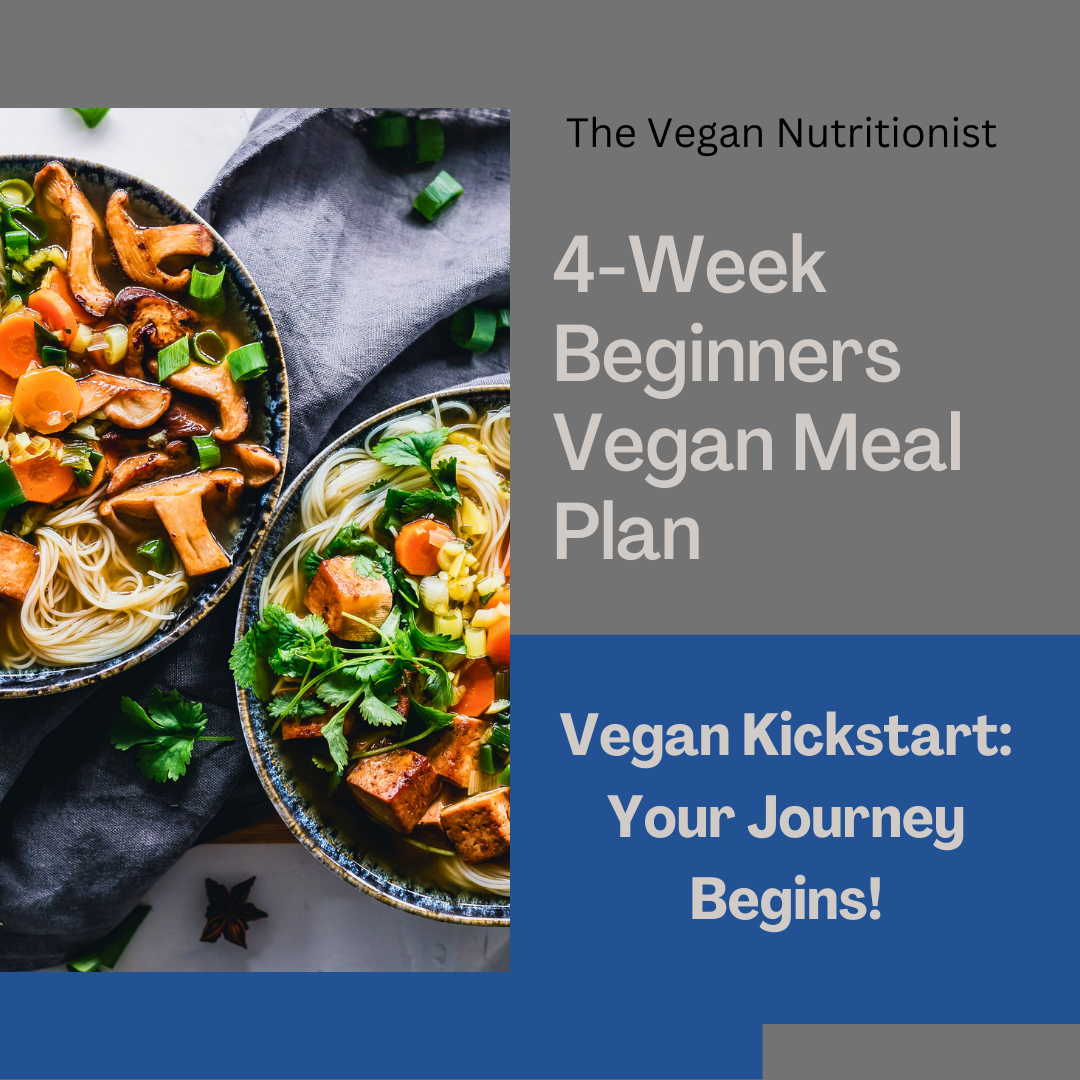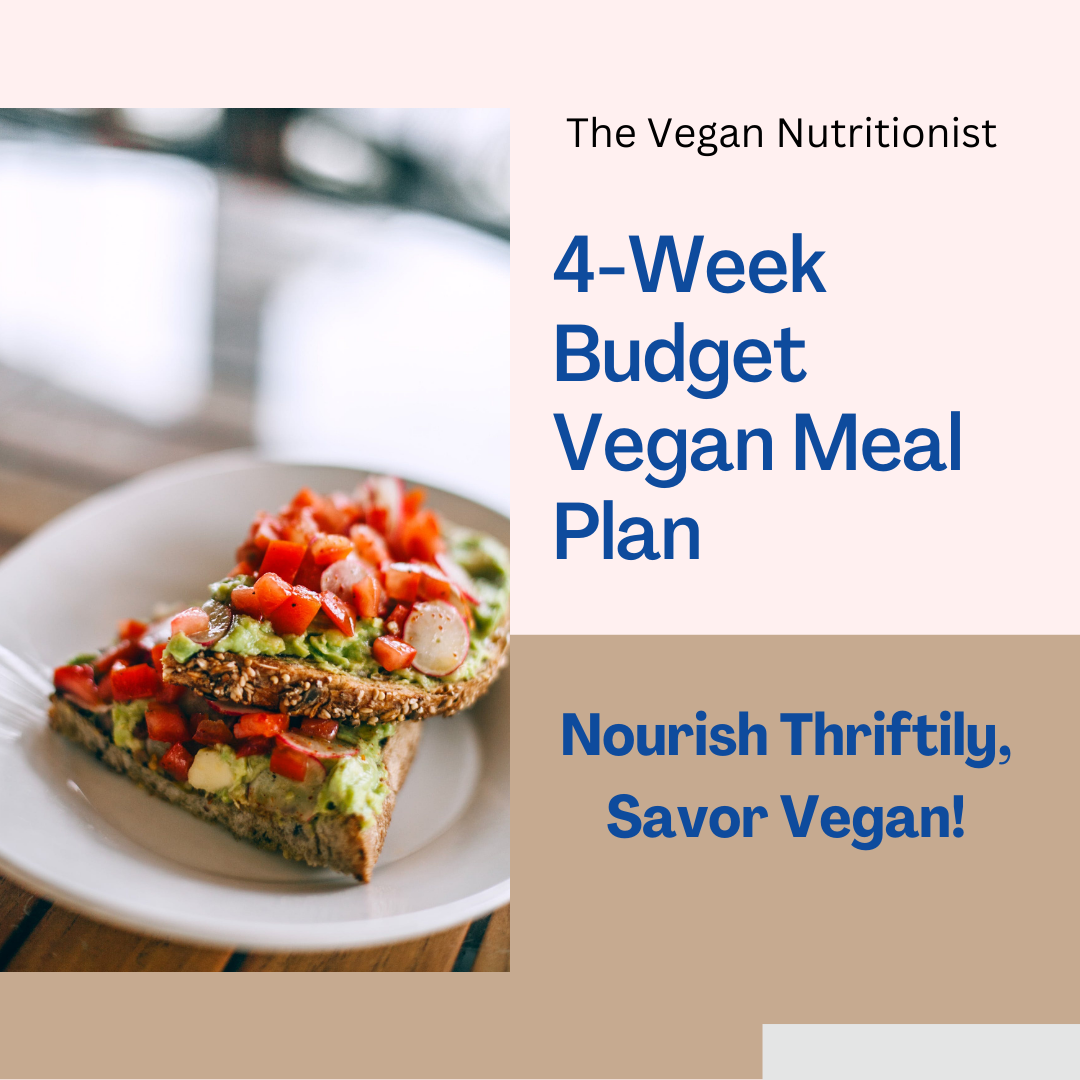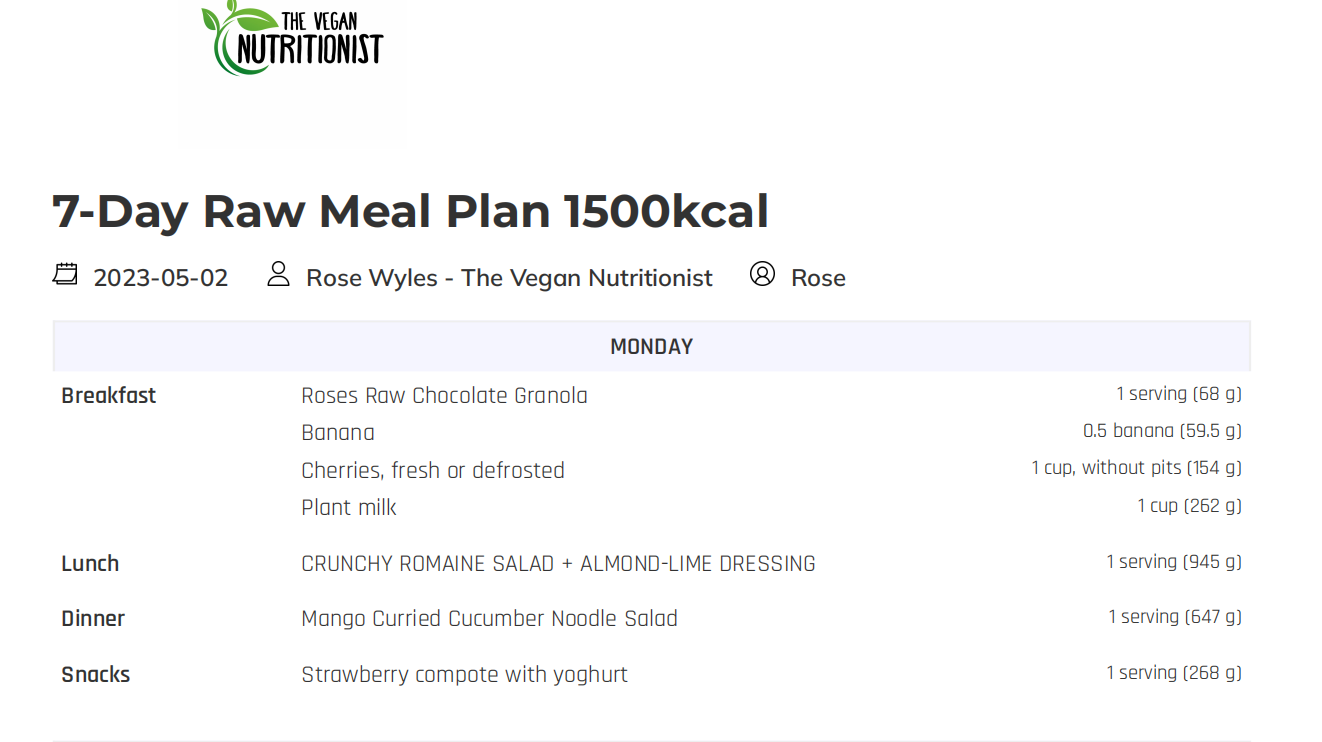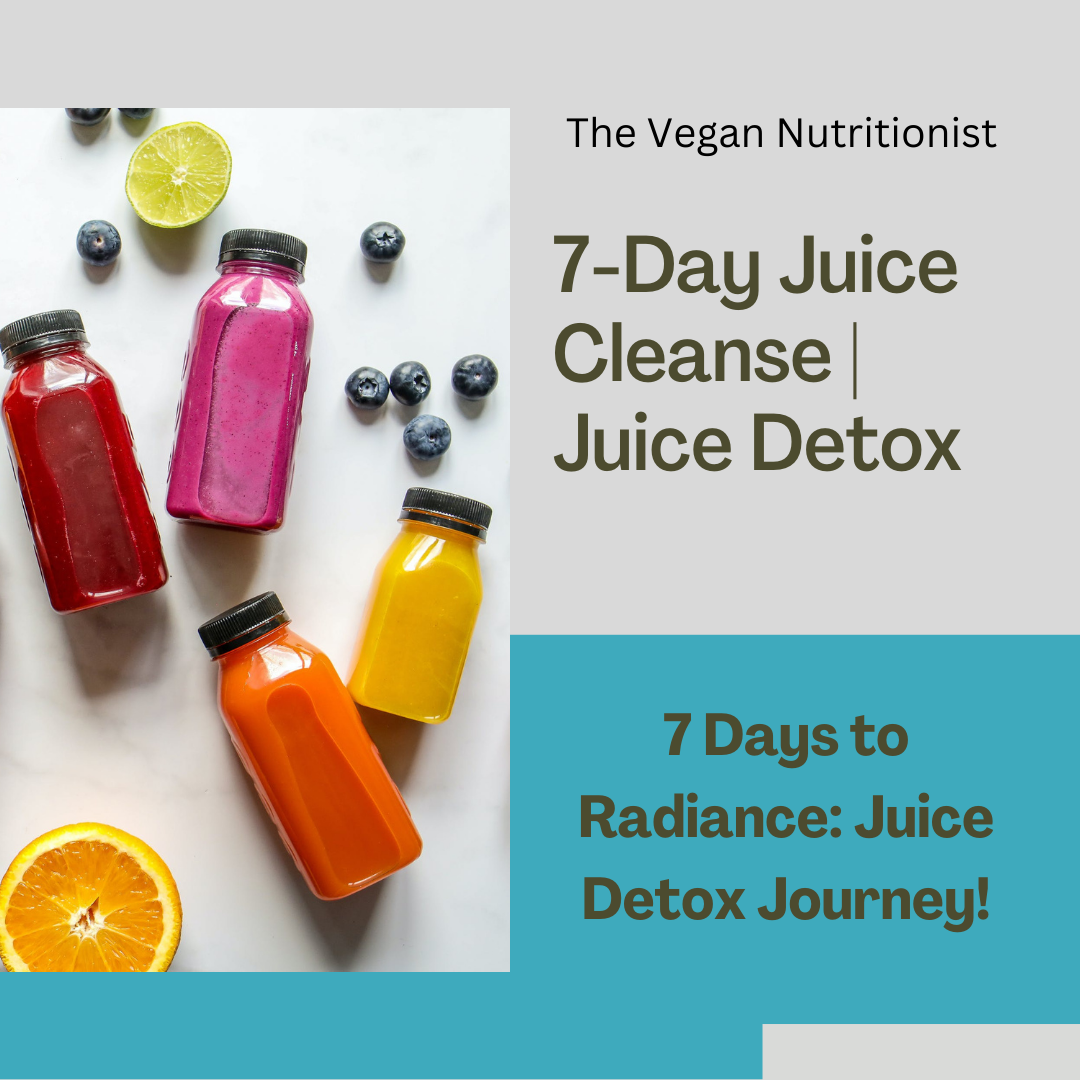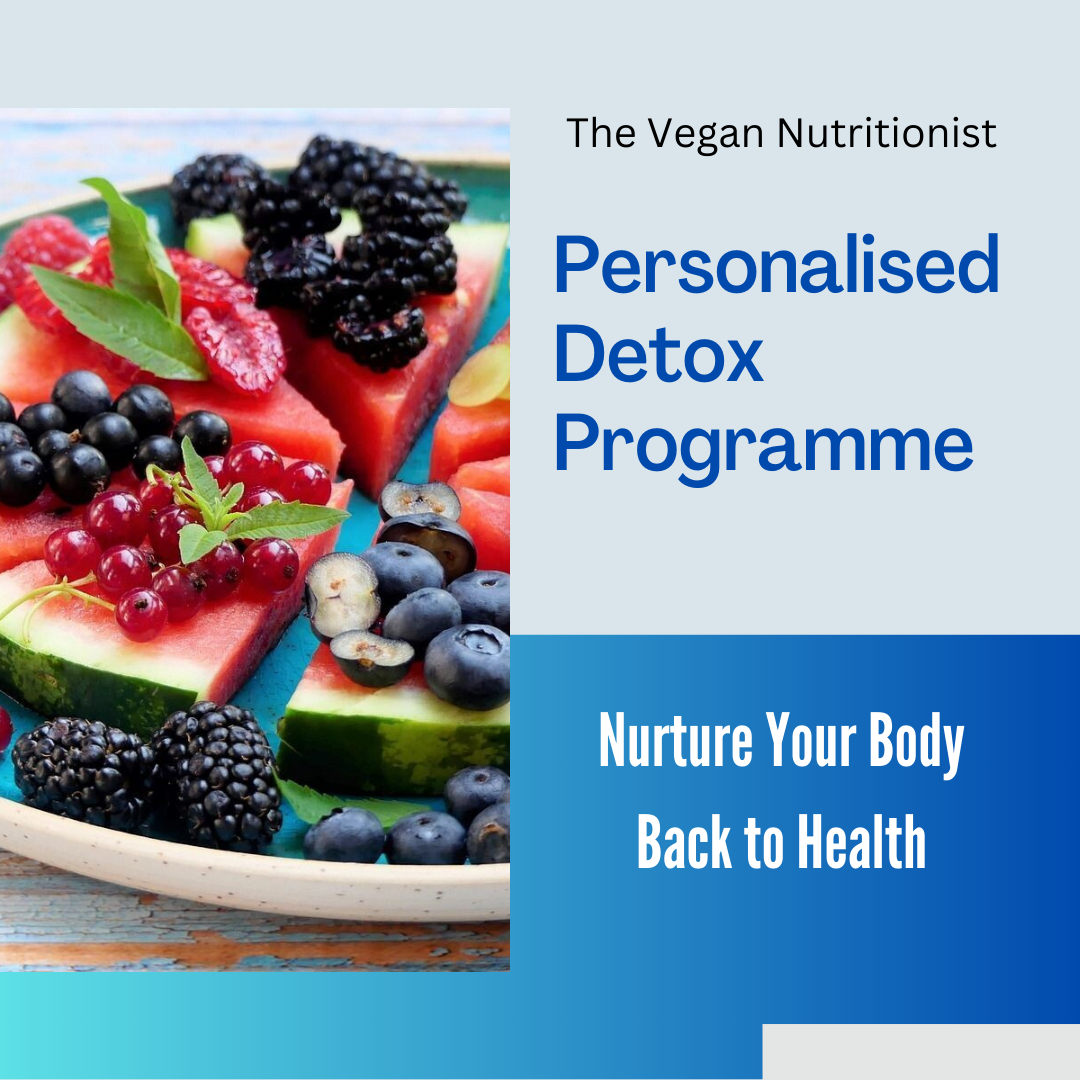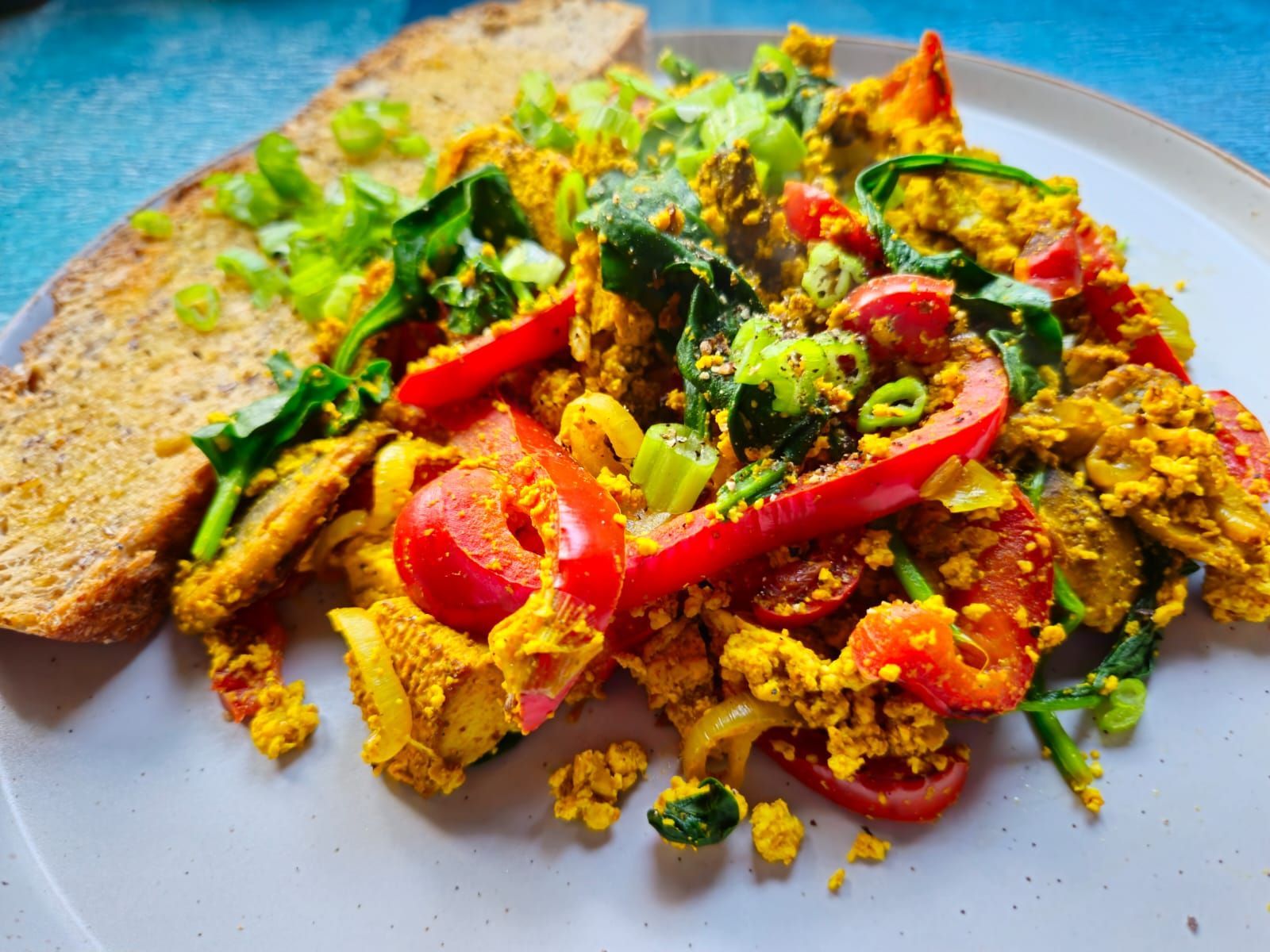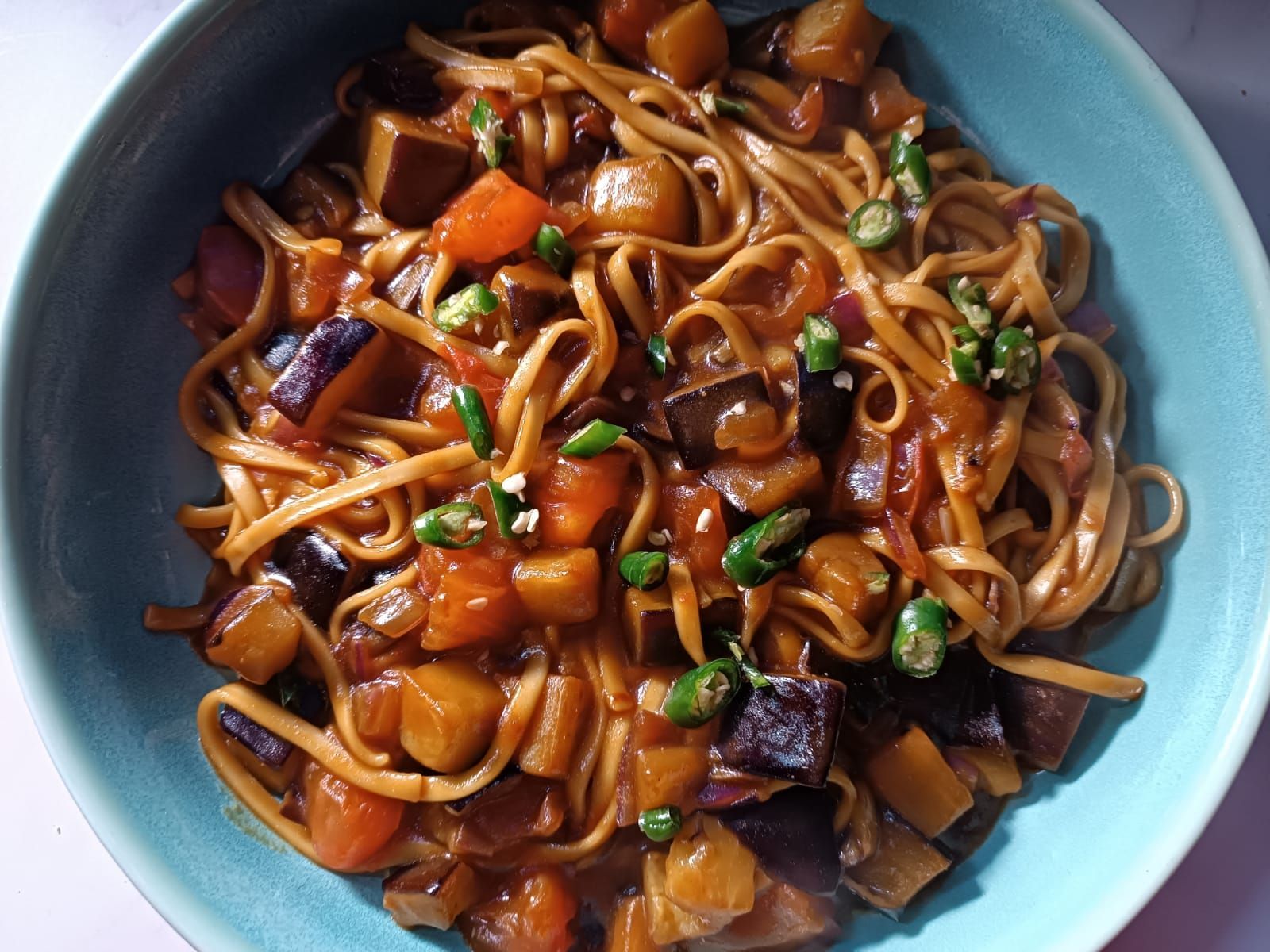How to make Kimchi ~ Vegan
Kimchi is a spicy Korean food made using the process of Lacto-fermentation for pickling vegetables, with its main ingredient being napa cabbage. It has a unique, spicy, and bold flavour that perfectly accompanies various eastern dishes. You must try this simple recipe and make mouthwatering kimchi at home!

Fermenting foods has recently risen in popularity. However, since the invention of cooking, cultures worldwide have been preserving food with microorganisms, leading to some of our most common and favourite foods. These include yogurt (made vegan), cheese (some vegan cheeses are now fermented), wine, tea, pickles, and more.
Some of the lesser-known fermented foods in the west are those commonly used in eastern countries, such as miso, kerfir tempeh, kombucha, and also Kimchi, which is one of the oldest culinary traditions that exist, with its origins spanning back thousands of years!
Kimchi mainly consists of cabbage and has a rich flavour of garlic, ginger, spring onion, chili, and other seasonings. Traditionally it's also often made with shrimp paste, which in my recipe, I have made vegan by replacing with vegan fish sauce, and even though there's no distinct fishy taste (thank goodness), it still tastes fantastic!
As Kimchi is a fermented food, it has many health benefits such as lowering cholesterol, aiding in preventing obesity, and is loaded with nutrients such as Vitamin C, B, A and K.
Consuming Kimchi is especially good for gut health as its probiotic content can increase microbiome diversity, significantly benefiting our immune health, digestion, energy levels, nutrient assimilation, and more.



Making Kimchi at home is super simple; all you do is massage brine into your kimchi vegetables, let them sit, make up and mix in your paste, then leave them for a couple of days to ferment, and you can then enjoy your homemade Kimchi.
I make my Kimchi because I have loved it since the first time I tried it, and buying it is expensive, and a tiny 220g jar can cost as much as £4.80!! With making my own, I realised I could make about 1kg regularly for around £3 in groceries per batch.
This price, baring in mind, is once I had the main ingredients such as the vegan fish sauce, gochujang, and a big bag of chili flakes which lasts ages and made it so I only had to buy the fresh ingredients, making it much more cost effective in the long run.
There are thousands of kimchi recipes out there, all claiming to be the most authentic, but the truth is they all follow a basic formula, and there is no best version other than a vegan version, of course!
Once you understand the primary method, your kimchi recipe will evolve into your recipe, as mine has done for me. I like mine extra spicy with just a hint of sweetness, which is why a lot of chili is added and some coconut nectar too. You might prefer a milder version with more salt, so feel free to adapt it.
Traditional Kimchi uses napa cabbage, spring onions, and daikon radish; however, I swapped the radish for carrot in my recipe, and you can swap the cabbage for regular green cabbage and add any other veggies you wish.
As every batch of Kimchi has its own unique favour, it's good to experiment and have fun with creating new styles; you could even try adding firm fruits, so don't be scared to be creative, and as long as you keep the basic formula intact you can't go wrong!

HOW KIMCHI IS GOOD FOR YOU
You may have heard Kimchi has many health benefits, but what are they?
Here are the top 5 benefits of consuming Kimchi:
High in probiotic beneficial bacteria
Kimchi uses Lacto-fermentation to increase the volume of probiotics it contains, aka beneficial bacteria, to create an environment favourable to increase the diversity of good gut bacteria in your gut. Kimchi is a great way to introduce probiotics into your diet. After all, a happy gut microbiome needs fibre which Kimchi is also a good source of. Fibre feeds your friendly gut bacteria, allowing them to thrive and multiply.
Kimchi is linked to the prevention and treatment of several conditions, including colds and flu, constipation, GI issues, Heart health, and mental health (read more on the gut and brain connection here)
Reduces risk of yeast infections
Kimchi has antimicrobial properties due to the Lactobacillus, which is a live bacteria found in fermented foods and is shown to inhibit candida which is the yeast that causes infections such as thrush and candidiasis, which is a form of gut dysbiosis.
Anti-inflammatory
A study found that those who ate Kimchi every day had reduced enzymes related to inflammation, suggesting a link between Kimchi and decreased inflammation in the body. Research has shown that the phytochemicals and probiotic bacteria in fermented food such as Kimchi may aid with modulating inflammatory responses.
It supports the immune system
The strain of bacteria known as Lactobacillus Plantarum found in Kimchi and other fermented foods have been linked to the immune system's efficiency. If Kimchi can help to decrease levels of inflammation, this could suggest a connection between consuming this type of bacteria and a healthier immune system. However, more research is needed to confirm this.
Aids weight loss
Kimchi is low in calories, high in fiber, and contains beneficial gut bacteria making it an excellent weight loss food. Also, the presence of both raw cabbage and chili has for a long time been linked with weight loss.

Vegan Kimchi Recipe
Makes around 1kg of Kimchi
INGREDIENTS
FOR THE KIMCHI VEGETABLES
- 2 heads of Napa cabbage/Chinese leaf cabbage
- 3 spring onions
- 2 carrots
- 4 tbsp salt
FOR THE KIMCHI PASTE
- 1/4 cup chili flakes, I used Chinese and regular
- 2 tbsp tamari soy sauce
- 2 shallots
- 1 bulb of garlic
- 1 inch fresh ginger
- 1 tbsp gochujang
- 1 tbsp vegan fish sauce
- 1 tbsp coconut nectar
METHOD
- Wash and chop the veggies (Napa cabbage, spring onion, carrot).
- Place in a large bowl or giant saucepan work the salt into them until they releases their juices and the cabbage reduces in size.
- Leave for up to 1 hour with a weight on top to keep it submerged in its brine.
- In the meantime add the kimchi paste ingredients to a blender, blitz until a thick paste forms, add small amounts of water needed to achieve this starting with 1/4 cup.
- Rinse the kimchi veg that you've been soaking in the brine under fresh water. This removes the bulk of the salt.
- Add the paste to the kimchi vegetables, mix in well to fully incorporate.
- Add the kimchi vegetables to a sterilised large jar, or several small jars, you'll want to fill them almost to the top and push the veggies down allowing the juice to sit over the top (add additional water if needed), then place on their lids.
- Leave 3-5 days to ferment and open the jar 2x a day to release gas, or leave slightly ajar watching for spills as it ferments, and if needed continue to press down the veggies under the liquid each day as this helps create a seal over your veggies protecting them from any bacterial or mold contamination.
- Taste the kimchi and when it reaches your preference, then add to the fridge to halt the fermentation process.
Consume within 1 month.
Enjoy with soups, stir-frys, fried rice, buddha bowls, or as a side dish, experiment and see how you like it best!
Recipe by Rose Wyles - The Vegan Nutritionist
For professional assistance with adopting a healthy and nutritious plant-based diet, go to https://www.thevegannutritionist.co.uk/work-with-me
Share this Post!
Hi there! I'm Rose, a nutritionist who is passionate about creating delicious plant-based meals that are both flavourful and nourishing. My goal is to help people discover the wonderful world of plant-centered cuisine through my nutritional guidance and recipe sharing.
Latest Recipes
Popular Articles
Click Here to read about how to do the fast 800, vegan!
Click Here to read organic vs non-organic - which is healthier?
Click Here to read the benefits of medicinal mushrooms
Click Here to read how to build the ultimate high protein vegan meal plan

Reach out by sending me an email
Need assistance with your diet or health goals? I'm here to help. Send me a message and I'll be in touch.
Thank you for contacting me.
I will get back to you as soon as possible
Please try again later
-
4-Week Vegan Weight Loss Meal Plan | Plant Based Diet For Weight Loss
SKU 00001Buy Now£44.99 £50.00 -
4-Week Vegan Intermittent Fasting Diet Meal Plan
SKU 00026Buy Now£44.99 £50.00 -
4-Week Vegan Meal Prep Meal Plan | Plant Based Meal Prep
SKU 00020Buy Now£44.99 £50.00 -
4-Week Vegan Low-FODMAP Meal Plan | Vegan Low FODMAP Diet | Vegan IBS
SKU 00029£50.00Buy Now -
4-Week Vegan Low-Histamine Meal Plan | Low Histamine Vegan Recipes
SKU 00030£50.00Buy Now -
4-Week Vegan High Protein Meal Plan | High Protein Vegan Plan
SKU 00019Buy Now£44.99 £50.00 -
4-Week Vegan Baby Led Weaning Meal Plan | Vegan Weaning Recipes
SKU 00015Buy Now£19.99 £29.99 -
2-Week Vegan Low-Carb Meal Plan | Vegan Low Carb Diet
SKU 00012Buy Now£19.99 £29.99 -
8-Week Vegan Weight Loss Meal Plan | Healthy Vegan Diet Program
SKU 00009Buy Now£54.99 £70.00 -
8-Week Fast 800 Vegan Weight Loss Meal Plan | Quick & Easy Weight Loss Diet
SKU 00033Buy Now£54.99 £75.00 -
12-Week Vegan Weight Loss Meal Plan | Vegan Weight Loss Diet
SKU 00010Buy Now£79.99 £99.99 -
Beginners Vegan 4-Week Meal Plan | Easy Healthy Vegan Meal Plan
SKU 00024£44.99Buy Now -
Budget Vegan 4-Week Meal Plan | Low Cost Vegan Recipes
SKU 00025£34.99Buy Now -
4-Week Raw Food Cleanse | Raw Vegan Meal Plan
SKU 00013Buy Now£44.99 £50.00 -
7-Day Juice Cleanse | Juice Detox | Juice Diet
SKU 00011Buy Now£19.99 £40.00 -
Personalised Detox Programme | Detox Diet Program
SKU 00032£300.00Buy Now

Subscribe to Newsletter
Thank you for subscribing!
Oops, there was an error.
Please try again later.

Copyright © www.thevegannutritionist.co.uk / PRivacy Policy / Contact
